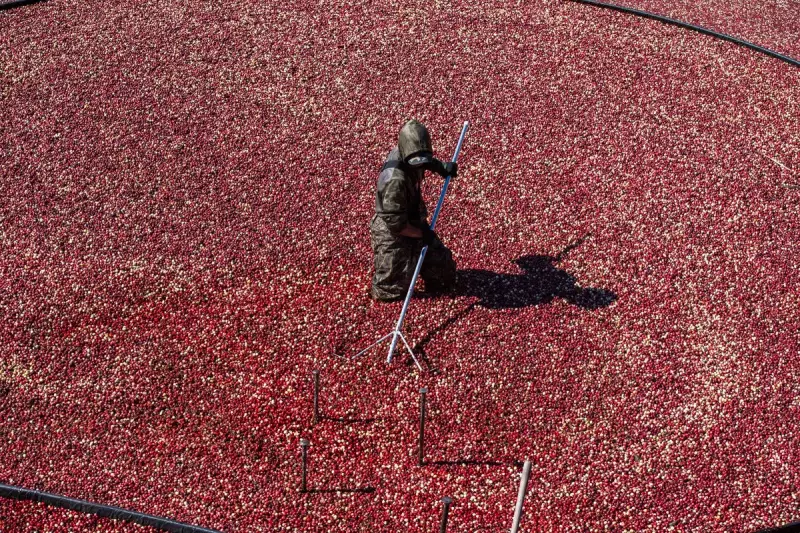
As the festive season approaches, the humble cranberry takes centre stage, not just as a colourful accompaniment to the Thanksgiving turkey, but as a veritable powerhouse of nutrition. This tart, native North American fruit, with a history stretching back 12,000 years, is bursting with health benefits that extend far beyond the holiday table.
A Potent Source of Protective Compounds
Low in calories—a mere 50 calories per raw cup—cranberries are a dense source of vital plant chemicals. Cleveland Clinic registered dietitian Candace O'Neill describes them as a "powerhouse of antioxidants." These berries are rich in immune-protecting vitamins C and E, as well as quercetin, which is known to reduce inflammation.
Their distinctive dark red colour comes from anthocyanins, and they also contain unique A-type proanthocyanidins, found exclusively in cranberries. "These can help with reducing the bad microbes that live in your colon," O'Neill explains. These same compounds are associated with benefits for urinary tract, oral, and gut health, and may even reduce the risk of stomach cancer linked to Helicobacter pylori.
Guarding Your Heart and Health
The benefits for cardiovascular health are particularly compelling. Cranberries contain a significant amount of natural pectin, a prebiotic fibre that works to improve inflammation and lower cholesterol. Research from Rutgers University suggests that compounds in the fruit can reduce bad cholesterol, which leads to blocked arteries.
According to Northwell Health, a simple dietary change can make a substantial difference: drinking two glasses of low-calorie cranberry juice each day can lower key risk factors for cardiovascular disease and stroke. While those prone to kidney stones should be cautious, for most people, incorporating cranberries is a safe and proactive health measure.
From American Bogs to Global Tables
The United States stands as one of the world's leading cranberry producers. Wisconsin alone provides more than half of the global supply. In the last year, the U.S. exported a staggering $351 million worth of cranberries and related products. The annual harvest, running from mid-September through November, sees farmers in bogs across the northern states combing berries from vines to be graded for quality.
The history of this fruit is deeply rooted in North America. Native Americans used it as medicine and dye long before European settlers arrived, who later dubbed them "crane-berries." Cranberry juice was first made by settlers in 1683, but the canned cranberry sauce familiar today wasn't created until 1917 by New Jersey's Elizabeth Lee, who co-founded the giant growers' cooperative, Ocean Spray.
When selecting cranberries, Penn State University advises looking for berries that are fresh, firm, and have a glossy red skin. A good test is that they should "bounce" when dropped. They can be refrigerated for up to a month or frozen immediately for longer storage, ensuring this superfood can be enjoyed long after the holiday season has passed.





